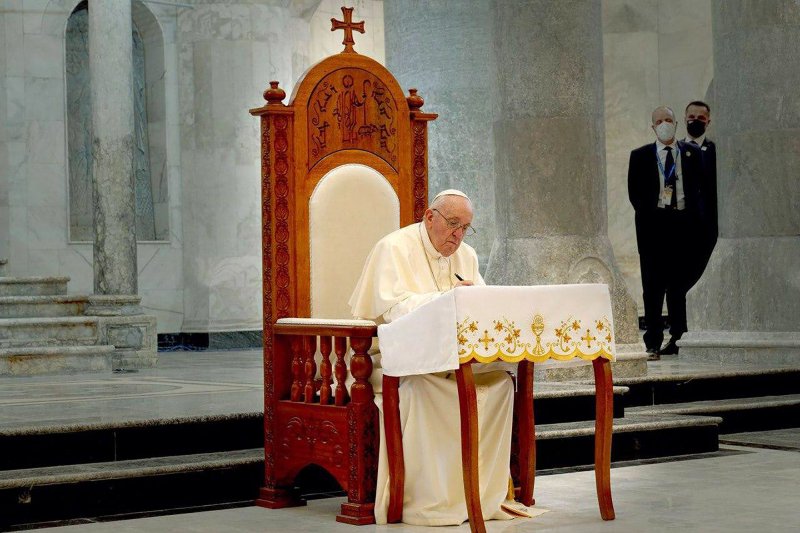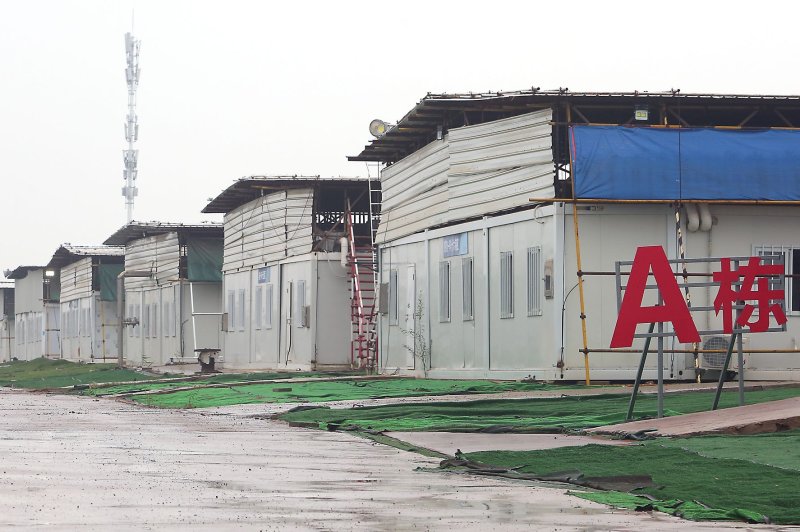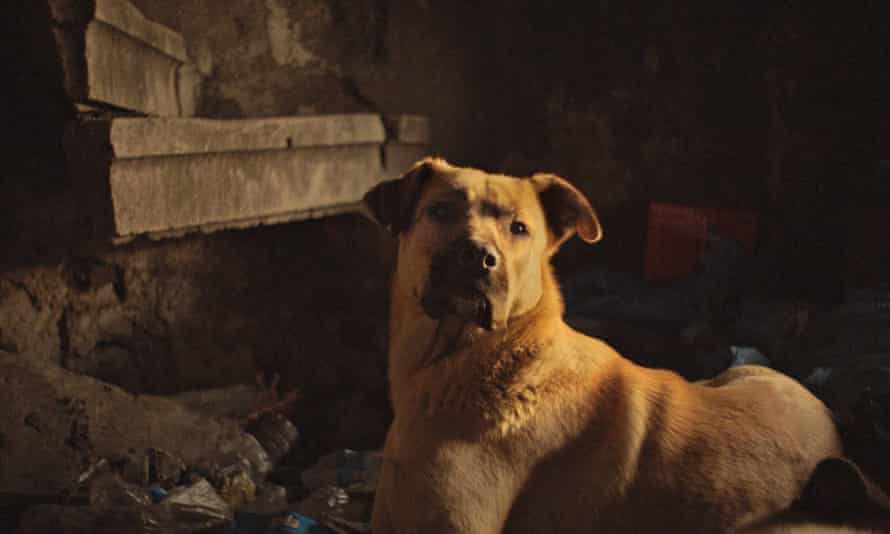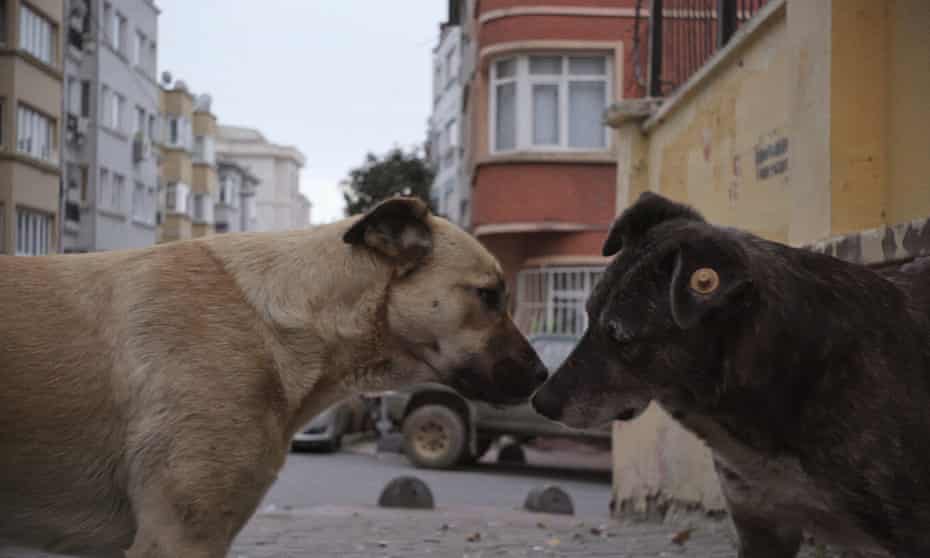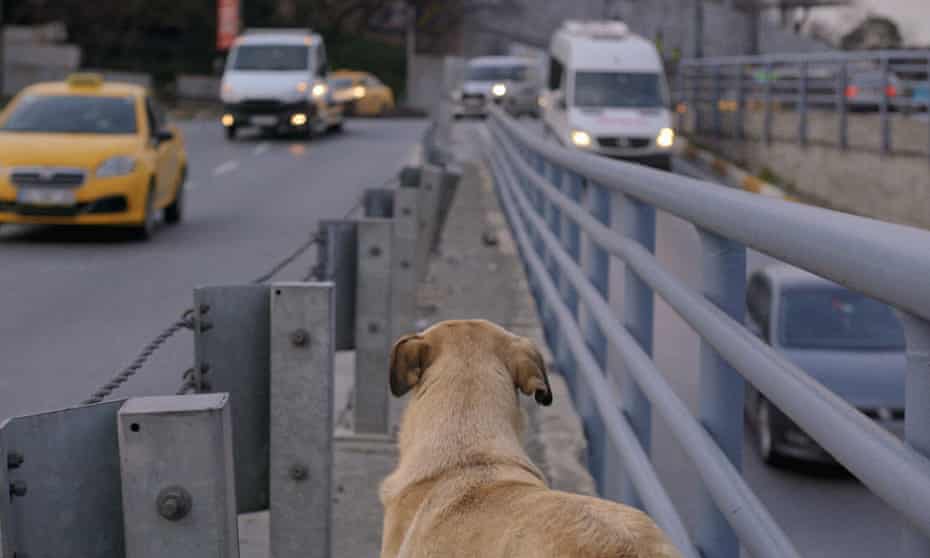Lake Michigan's shifting sands uncover 19th century shipwreck
March 19 (UPI) -- Dropping water levels and shifting sands revealed the remains of an 18th century shipwreck along the coast of Lake Michigan this week, according to local historians.
Valerie VanHeest, director of the Michigan Shipwreck Research Association, told WXMI-TV in Grand Rapids, Mich., the wreckage belongs to the Contest, a scow schooner that transported items including cordwood, posts, ties, stone and other general merchandise.
The Contest likely became wrecked along the shore near White Lake channel in the late 1800s due to a storm.
"We understand that there were no lives lost. The lighthouse was right there at the mouth of the channel so the crew members probably stepped off onto dry ground and took shelter in the lighthouse," VanHeest said. "They reported that the ship was a total loss."
The 121-foot-long ship has been uncovered periodically since its demise, and a lighthouse keeper identified it as the L.C. Woodruff when it became visible again in 1974. But in 2018, historians determined the wreckage belonged to the smaller Contest after measuring it.
Local Kerri Eriskin told WBCK-radio in Battle Creek, Mich., that they came across the wreckage while walking along the shoreline on Sunday.
"I wasn't sure what I was seeing when we visited on Sunday, but researched it later and found an article from MLive in 2018," Eriskin said. "It was pretty exciting to see remnants of the late 1800s."

